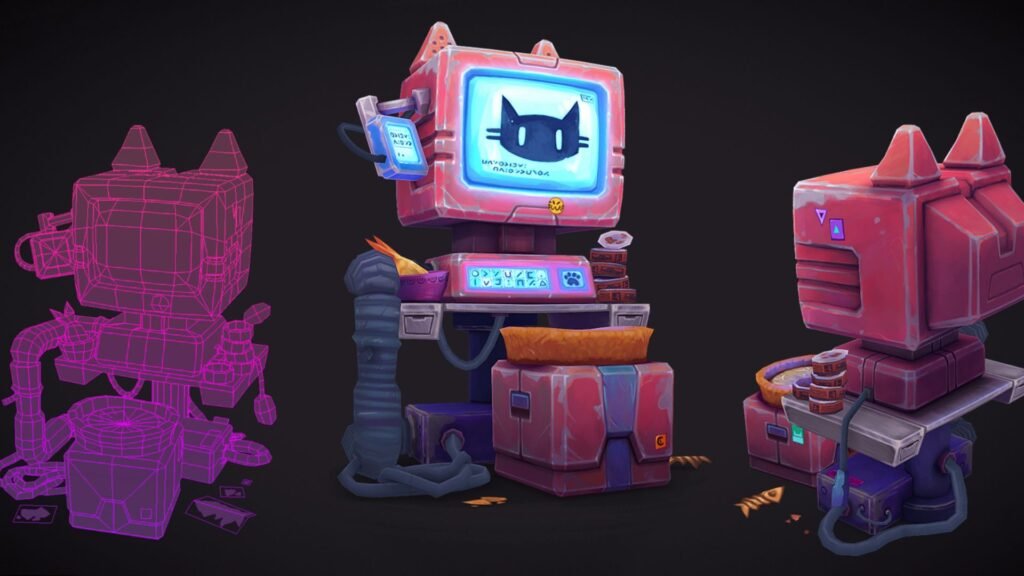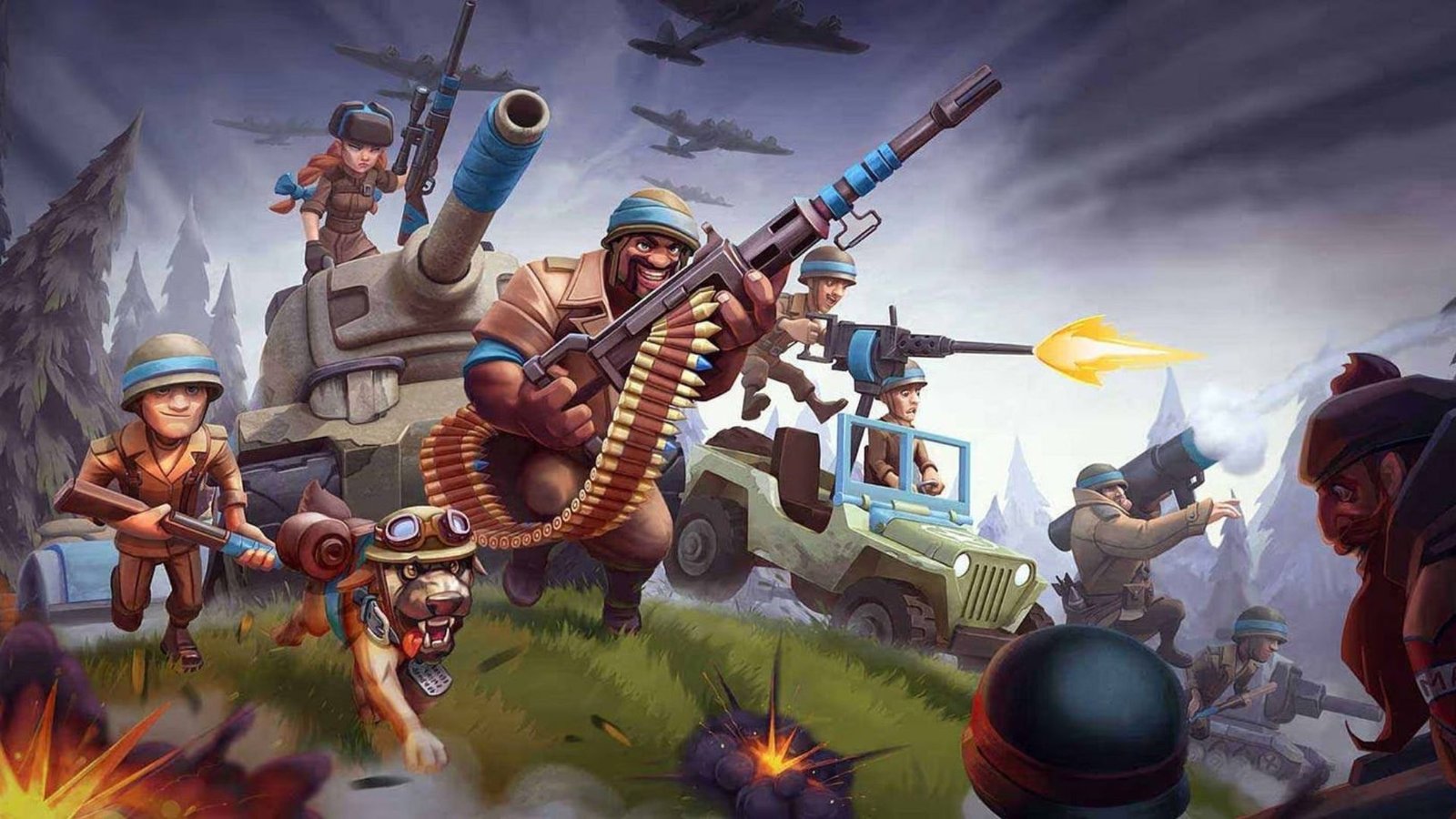3D game asset creation is a crucial aspect of game development, involving the design and production of three-dimensional objects and characters used in games. Effective asset creation ensures high-quality visuals and seamless gameplay. Here’s a guide to the best practices for 3D game asset creation to help you achieve professional results.
1. Understand the Game’s Requirements
Before diving into 3D game asset creation, thoroughly understand the game’s requirements. This includes the game’s style, target platform, and technical specifications. Align your assets with these requirements to ensure they fit seamlessly into the game’s environment and meet performance standards.

2. Start with Detailed Concept Art
Begin 3D game asset creation with detailed concept art. Concept art provides a clear vision of the asset’s design, including its shape, texture, and color. This step helps visualize the asset and serves as a reference throughout the modeling and texturing processes, ensuring consistency and accuracy.
3. Use Efficient Modeling Techniques
When 3D game asset creation, employ efficient modeling techniques to create assets that are both visually appealing and performance-friendly. Start with basic shapes and gradually refine them into complex structures. Use techniques such as edge loops and subdivision modeling to maintain a clean topology and optimize the asset for real-time rendering.
4. Optimize for Performance
Optimizing assets is essential for 3D game asset creation, especially for real-time applications. Reduce polygon count where possible without sacrificing visual quality. Use normal maps and texture maps to add detail without increasing the model’s complexity. Ensure that assets are optimized for the target platform to achieve smooth performance and fast loading times.
5. Pay Attention to Texturing
Texturing is a vital part of 3D game asset creation. Create high-quality textures that enhance the asset’s realism and match the game’s art style. Use UV mapping to ensure textures are correctly applied to the model. Employ tools like Substance Painter or Photoshop to create and edit textures, and ensure they are seamless and well-integrated.
6. Rig and Animate Assets if Necessary
For dynamic game assets, such as characters, rigging and animation are crucial. Rigging involves creating a skeleton that allows the asset to move and be animated. Ensure that the rig is properly weight-painted and that animations are smooth and realistic. Test animations in the game engine to verify they work correctly within the game environment.
7. Test Assets in the Game Engine
Testing is an important step in 3D asset creation. Import assets into the game engine to check how they perform in the actual game environment. Look for issues such as clipping, texture misalignment, or performance drops. Iteratively refine and adjust the assets based on feedback and testing results to ensure they integrate well into the game.
8. Maintain Consistent Art Style
Consistency is key in 3D asset creation. Ensure that all assets adhere to the game’s art style and visual standards. Consistent art style helps create a cohesive and immersive game world. Regularly review assets to maintain uniformity in design, color schemes, and textures across all game elements.
9. Use Asset Management Tools
Employ asset management tools to streamline 3D asset creation. Tools like version control systems and asset management software help keep track of asset changes, collaborate with team members, and organize files efficiently. Proper asset management ensures smooth workflows and minimizes the risk of errors or lost work.
10. Stay Updated with Industry Trends
The field of 3D game asset creation is constantly evolving with new technologies and techniques. Stay updated with industry trends, software updates, and best practices. Participate in forums, attend workshops, and review new tools and techniques to continuously improve your skills and stay competitive in the field.
Conclusion
3D game asset creation is a complex but rewarding process that involves designing, modeling, texturing, and optimizing assets for game environments. By understanding the game’s requirements, starting with detailed concept art, and focusing on efficient modeling and texturing techniques, you can create high-quality assets that enhance gameplay and visual appeal. Testing assets in the game engine, maintaining a consistent art style, and using asset management tools further contribute to successful asset creation. Stay informed about industry trends to keep your skills and knowledge up-to-date.

